Japan fascinates its guests with its seamless blending of old ways and cutting-edge technology, creating an atmosphere unrivaled elsewhere on the earth. Travel guides offer guidelines on politeness and top attractions, but most everyday Japanese existence surprises even well-prepared visitors.
The cultural variations penetrate far beyond superficial shoe removal or bowing—they seep into virtually every aspect of public and private life. Below is a list of 20 cultural shocks experienced by most first-time visitors in Japan and some understanding of what makes this fascinating country so unique.
Extreme Punctuality

Japanese trains are so punctual that more than a minute’s delay is a rare occasion, and train companies officially apologize for tardiness even if they arrive a little late. It extends to business meetings, reservations at dinner tables, and social gatherings where punctuality is actually being there at least five minutes earlier.
Tourists are always in a rush after compromising on the magnitude of importance Japanese culture puts on punctuality.
Surgical Mask Culture

Long before pandemics worldwide rendered face masks a normal sight, the Japanese would put them on as a matter of routine on days when they felt slightly sick, during pollen season, or simply as general protection on crowded streets. Foreign tourists are often taken aback to encounter masked faces everywhere around them, not knowing that the phenomenon is not a reflection of germy paranoia but an attitude of respect for public health.
Mask culture also has an implicit social role as a privacy tool in high-density cities.
Like Travel Pug’s content? Follow us on MSN.
Cash Dominance

Despite Japan’s high-tech image, cash remains king almost everywhere, and many restaurants, shops, and even some hotels are cash-only. Tourists accustomed to charging all of their expenses to credit cards or cell phone payments often find themselves short of cash when they least expect it.
Even in Tokyo, tourists need to carry wads of physical yen, so the country seems curiously old-fashioned in this one specific area of daily commerce
Impeccable Public Cleanliness
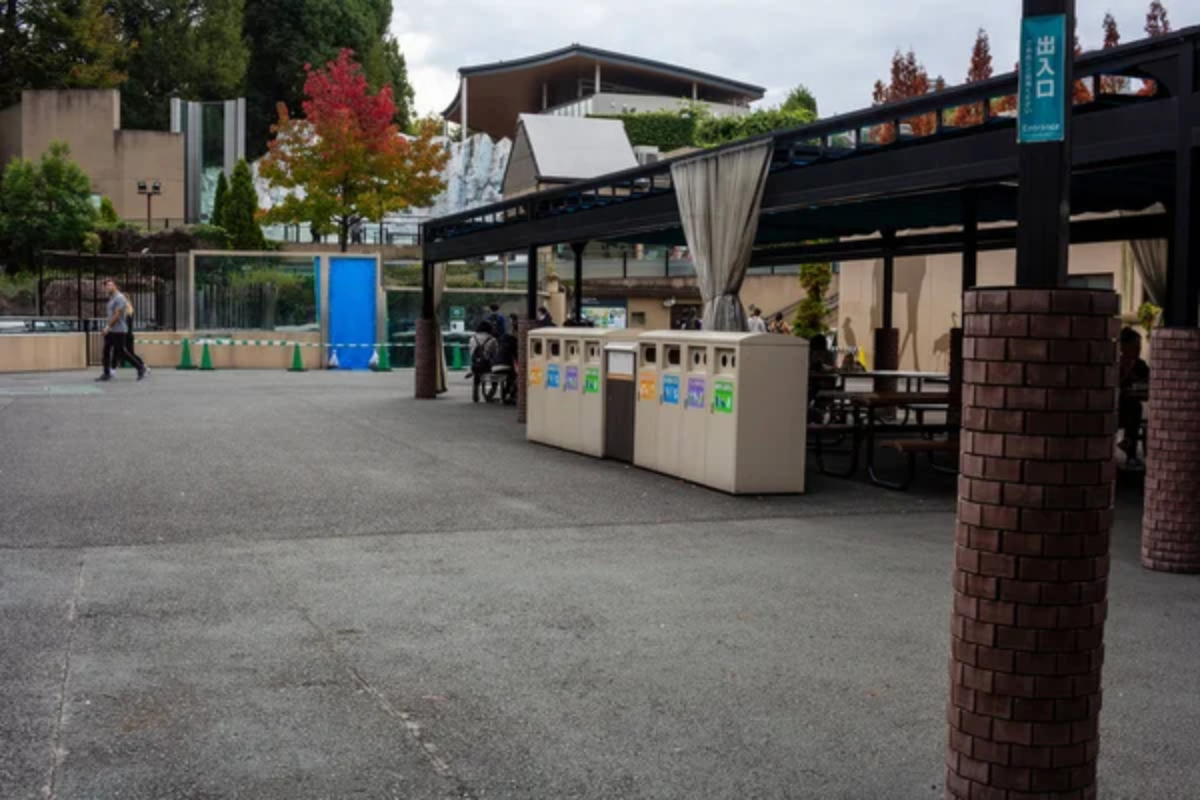
Japanese roads are astonishingly clean despite an incredible dearth of public trash cans, and tourists have to lug trash with them until proper disposal is possible. Public toilets are also typically immaculate regardless of location and time of day.
Tourists will find themselves searching for non-existent garbage cans as they try to fathom how this sparsely populated nation achieves keeping its public toilets so clean through the sheer power of social pressure.
Sophisticated Trash Sorting

Japanese trash disposal consists of navigating a highly developed system of sorting up to a dozen various kinds based on city or town. Foreign visitors staying in hotel rooms that have kitchens quickly discover that it is a daily exercise to distinguish between burnable, non-burnable, plastic, glass, paper, and recycling subcategories.
This meticulous approach to waste management reflects broader Japanese attitudes toward conserving resources and personal responsibility for environmental consequences.
Like Travel Pug’s content? Follow us on MSN.
Silent Public Transportation

Japanese trains and subway cars are as quiet as libraries, even when packed with rush-hour passengers. Cellphone calls are not an option; conversation is hushed, and even the beeps and whirs of electronic gadgetry are muffled for the good of others.
First-time tourists from Japan would be disconcerted to become accustomed to this silence after being accustomed to the relative level of noise on public transit in their home countries.
Vending Machine Ubiquity

Vending machines stand on virtually every street corner, offering everything from hot coffee and sake to umbrellas and fresh eggs. These machines operate 24/7, remain perfectly maintained, and become unexpected lifesavers for jetlagged tourists seeking refreshment at odd hours.
The sheer density of these machines – approximately one for every 23 people nationwide – creates an infrastructure of convenience that many visitors find both peculiar and practical.
Bathroom Technology

Japanese toilets feature control panels with many buttons, water pressure settings, heating systems, and even music at times to mask natural sounds. Early experiences with such sophisticated facilities always leave visitors perplexed, gingerly pushing buttons as they struggle to decipher pictograms for various wash functions.
The contrast between ancient temples and space-age toilet technology best describes Japan’s interesting blend of the old and the new.
Like Travel Pug’s content? Follow us on MSN.
Customer Service Intensity

Service staff show a level of attention that is intimidating to tourists from countries with more casual attitudes toward customer service. Shop assistants follow people in shops, restaurant servers materialize just as they’re needed, and department store elevator attendants announce each floor with careful consideration.
This over-attention is an expression of omotenashi – the Japanese philosophy of selfless hospitality – but sometimes makes foreign visitors uncomfortable when they are accustomed to more self-directed shopping experiences.
No Tipping Culture

Restaurants, taxi rides, and hotel stays do not require tipping. Tipping is not just unnecessary but actually creates confusion or even offense. Service staff regard good service as part of professional pride and not something that demands extra pay.
Most tourists has a hard time breaking their ingrained tipping tradition, instinctively attempting to leave money that flummoxed staff pursues them to refund.
Public Bathing Rituals
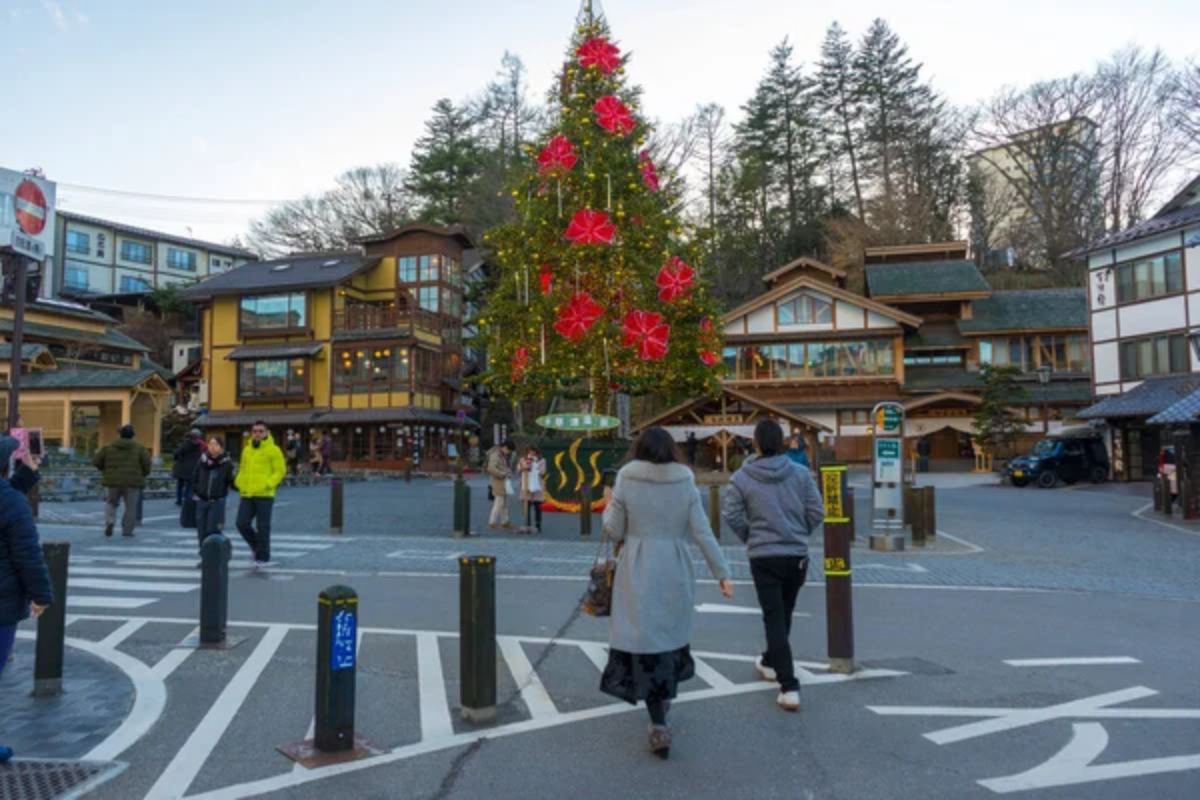
Visiting onsen (hot springs) or sento (bathhouses) means bathing completely naked in front of strangers under strict etiquette rules like thorough pre-bathing scrubbing. Foreign visitors are typically amazed that their initial embarrassment gives way to appreciation for this centuries-old asexualized community bathing tradition.
The ritual is more than cleanliness; it is a unique Japanese social bonding and relaxation ritual.
Like Travel Pug’s content? Follow us on MSN.
Standing Pour Custom
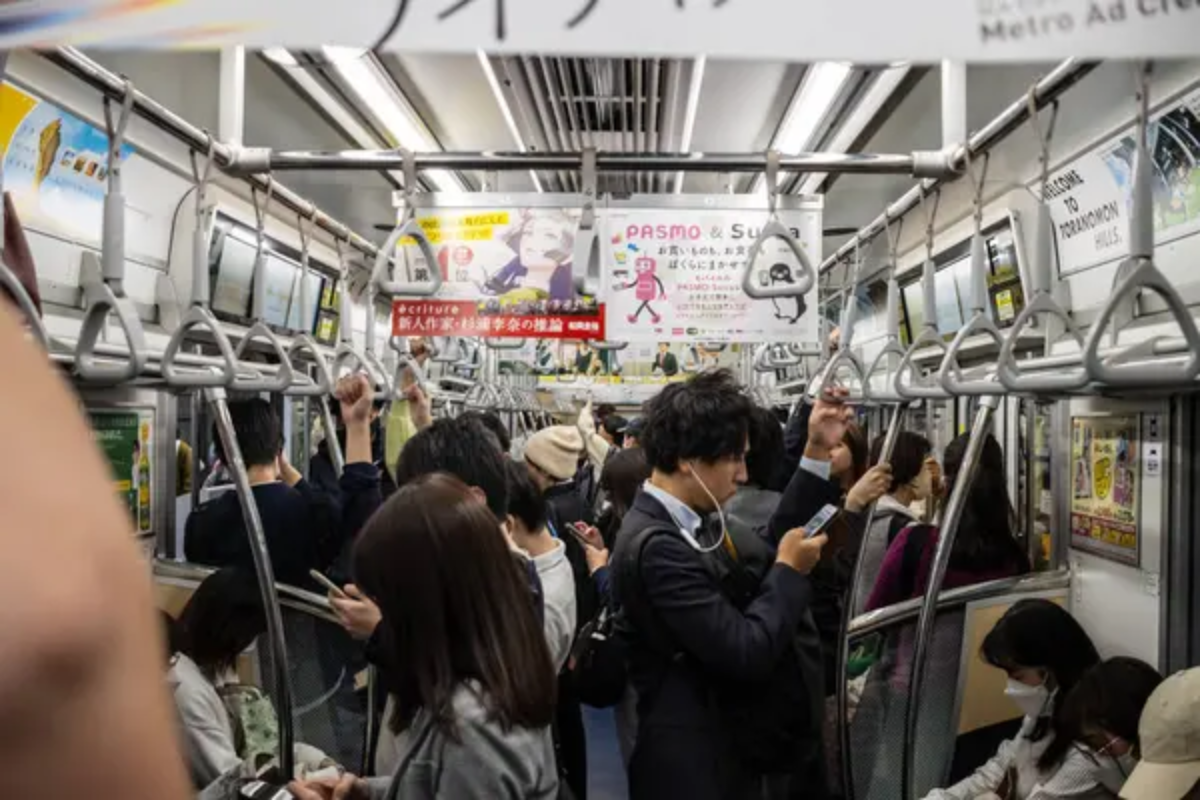
When drinking with others, Japanese etiquette prescribes pouring for friends ahead of yourself. The sight of an empty glass immediately provokes offers to refill from others in the group.
This mutual practice generates an ongoing cycle of mutual service that strengthens interpersonal relationships. Visitors who are not aware of the practice unwittingly come across as selfish by pouring their glasses and leaving others’ glasses bare.
Sleeping in Public

Executives openly sleeping on trains, in cafes, or even during a meeting is common rather than the exception. The culture of ‘inemuri’ (being present while sleeping), which is universal, is a sign of a society that focuses so much on work ethic that overt exhaustion is a socially accepted marker of industriousness—visitors double-take at professionals sleeping in ill-posed public positions without a sense of shame.
Umbrella Locking Systems

Specialized umbrella locks at store doors allow customers to leave their rain gear outside without bringing wet umbrellas inside. Locked umbrellas lined up outdoors during rainy months sit at the entrance of shops, offering an honor system against theft while keeping interiors dry.
The system demonstrates the massive level of public trust, shocking consumers from high-crime societies in which such unattended property would disappear instantaneously.
Like Travel Pug’s content? Follow us on MSN.
Shoe Removal Beyond Homes

Shoes are taken off not only in homes but also in Japanese-style restaurants, temples, some historic sites, and even in certain medical offices and dressing rooms. The mental map of where shoes stay on and where they get removed takes some time to learn, with the majority of tourists experiencing a fleeting moment of uncertainty at the doors.
This practice reflects the strong Japanese dichotomy of uchi (inside, pure) and soto (outside, impure) spaces.
Rental Clothing for Tourists

Kyoto and other old cities have numerous shops that rent complete kimonos to tourists who want authentic pictures in front of ancient temples. The temporary transformation proves that the Japanese welcome guests who embrace their cultural traditions respectfully.
The rental industry generates unique situations where travelers sometimes appear more traditionally dressed than Indigenous Japanese citizens regarding their day-to-day activities in contemporary dress.
Widespread Plastic Wrapping

Individual pieces of fruit, vegetables, and even single cookies will come delicately wrapped in plastic packaging deemed unnecessary in most Western countries. This presentation reflects Japanese standards for cleanliness, freshness, and product care but is apt to shock environmentally aware visitors.
The contrast between Japan’s rigorous recycling scheme and the prodigious use of disposable containers is a cultural paradox that is difficult for most foreigners to swallow.
Like Travel Pug’s content? Follow us on MSN.
Slurping as Politeness
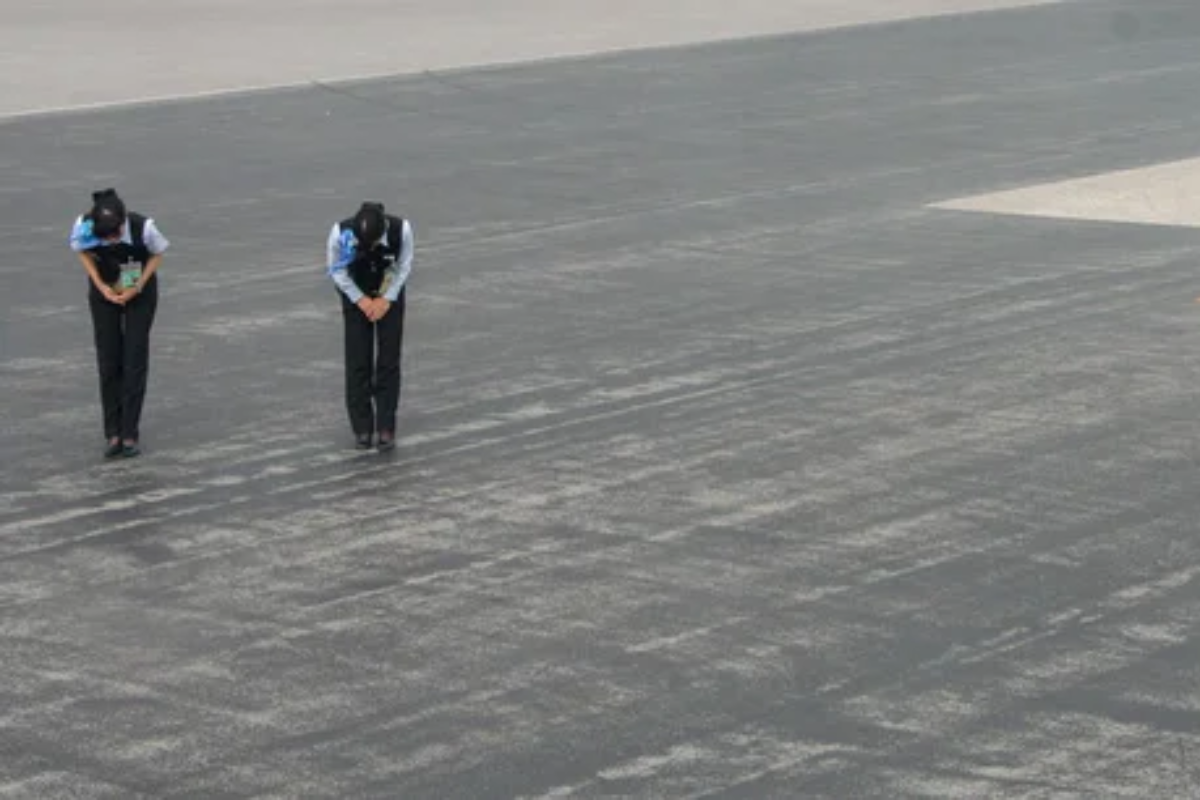
Eating noodles like ramen, soba, or udon involves slurping sounds that are taboo in most Western countries but signal pleasure and release flavor in Japan. Foreign visitors are normally observed making noise with their food shyly after watching locals slurp contentedly without hesitation.
The practice bears witness to the fact that table manners are entirely cultural constructs and not universal standards of decency.
Limited English Signage
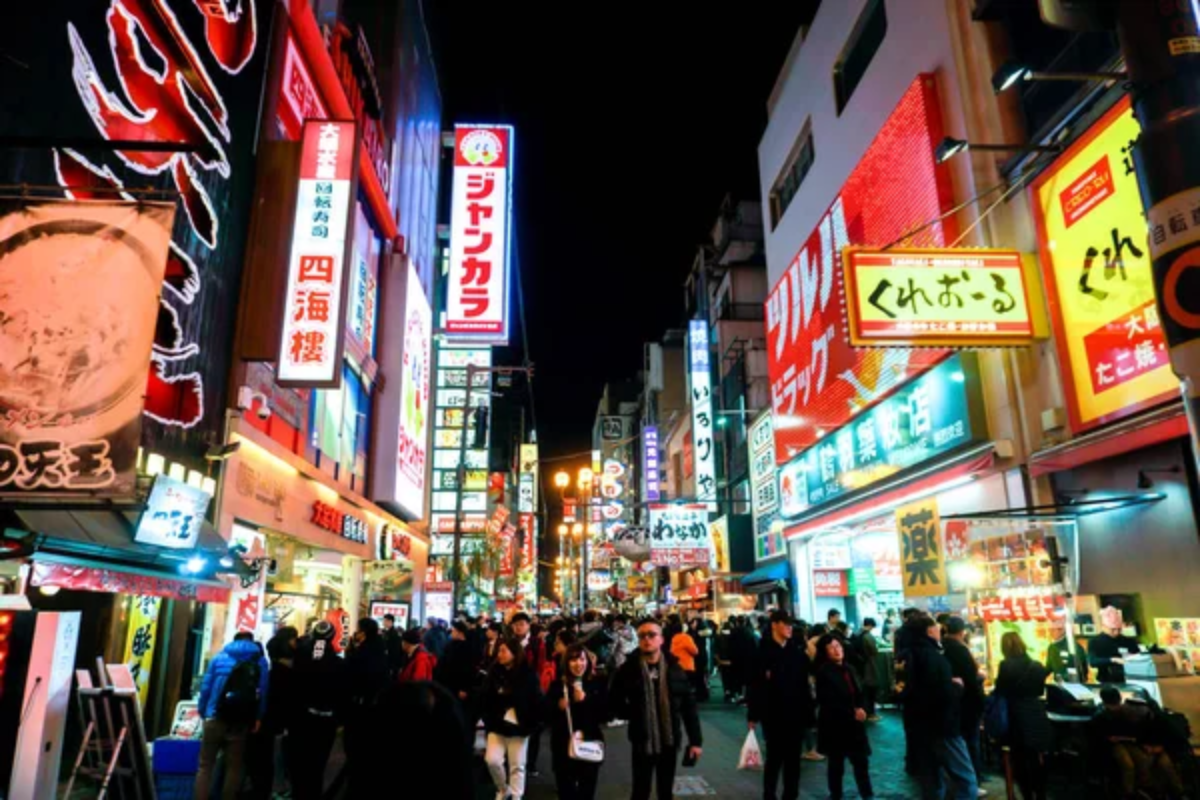
Despite decades of mandatory English schooling, functional English competence is stunningly low outside the tourist areas and international hotels. Tourists expecting to communicate in prevalent English are often reduced to using translation apps, especially in rural areas and local businesses.
Such a language gap generates both difficulties and charming moments of innovative communication among tourists and kind locals.
Distinctive Cultural Perceptions
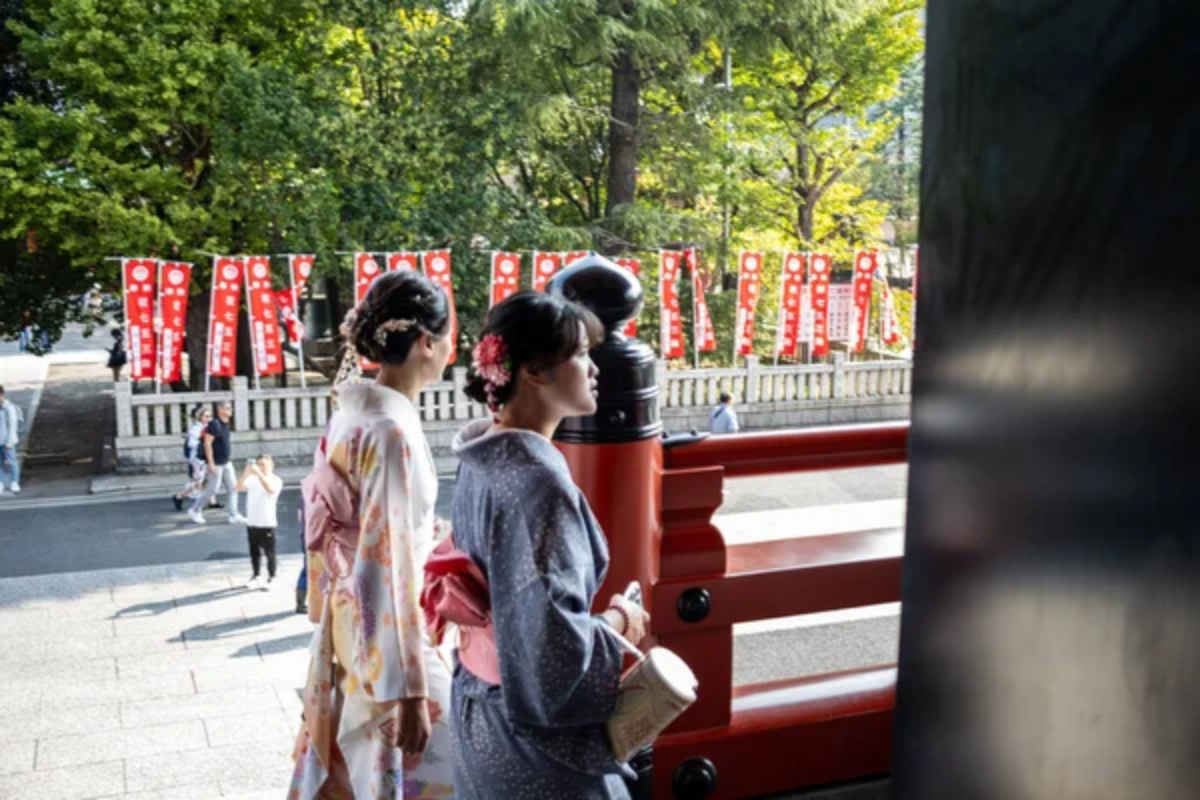
Japan works with social contracts that are very far removed from Western individualism, emphasizing group harmony, socially scripted roles, and situational prescriptions for behavior. Visitors learn gradually that much of these cultural surprises is not just the function of differing practices but also due to very dissimilar visions of the interplay between the individual and society.
The Japanese distinction between ‘honne’ (genuine emotions) and ‘tatemae’ (public facade) displays social depth, which is much more time-consuming to grasp than the superficial customs visitors first observe.
Like Travel Pug’s content? Follow us on MSN.
The Layered Experience of Japan
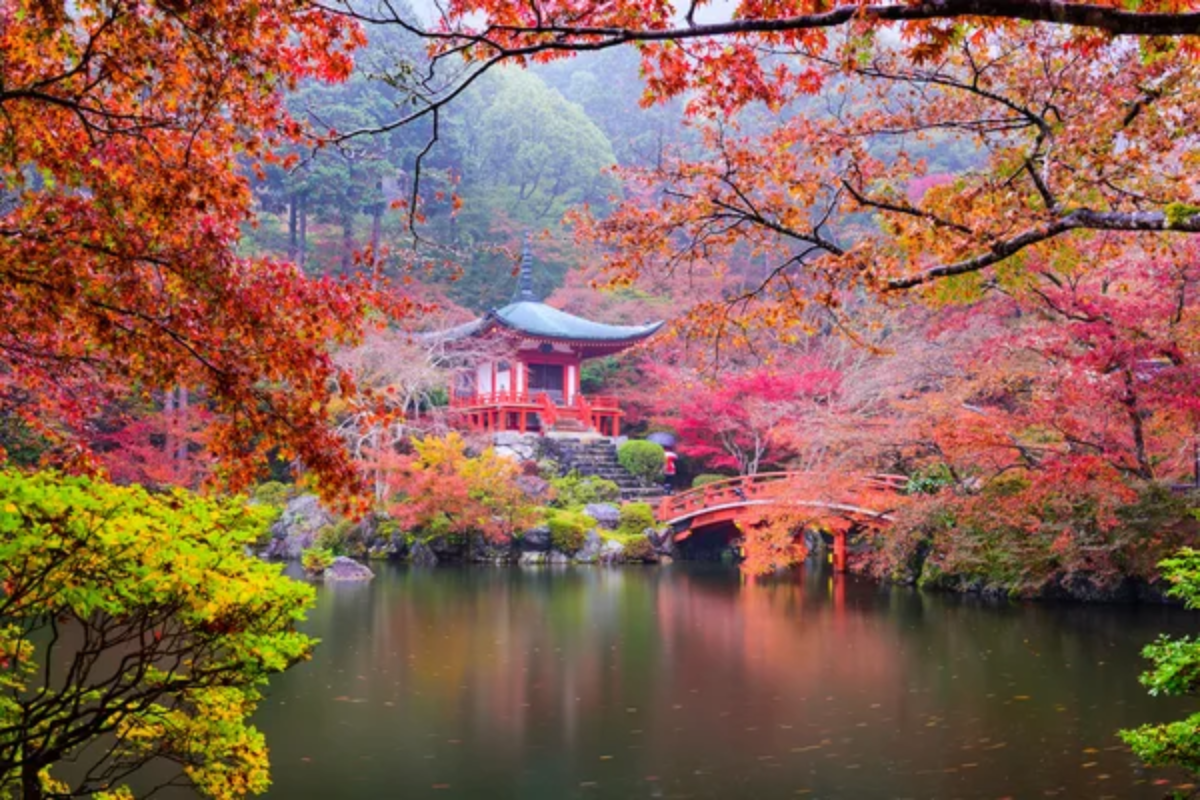
These culture shocks are among the reasons traveling to Japan is such a rich experience for so many people. The initial culture shocks eventually abate as there comes to be an appreciation of a society that has managed to hold on to distinct cultural ways while embracing technological developments.
For most visitors, these surprise elements of Japanese existence prove to be the most enduring memories of their stay, providing perspectives far beyond tourist sites into appreciating basically dissimilar approaches to coping with human existence.
More from Travel Pug

- 20 Destinations That Were Once Thriving but Are Now Quietly Disappearing
- 15 Hidden Spots in Disney World’s Magic Kingdom Most Visitors Miss
- 20 Once-Popular Beach Towns That Are Now Ghostly Empty
- 20 Beautiful US Lakefront Towns Where You Can Live for Under $2000 a Month
- 20 Caribbean Islands That Are Safer Than People Think
Like Travel Pug’s content? Follow us on MSN.
